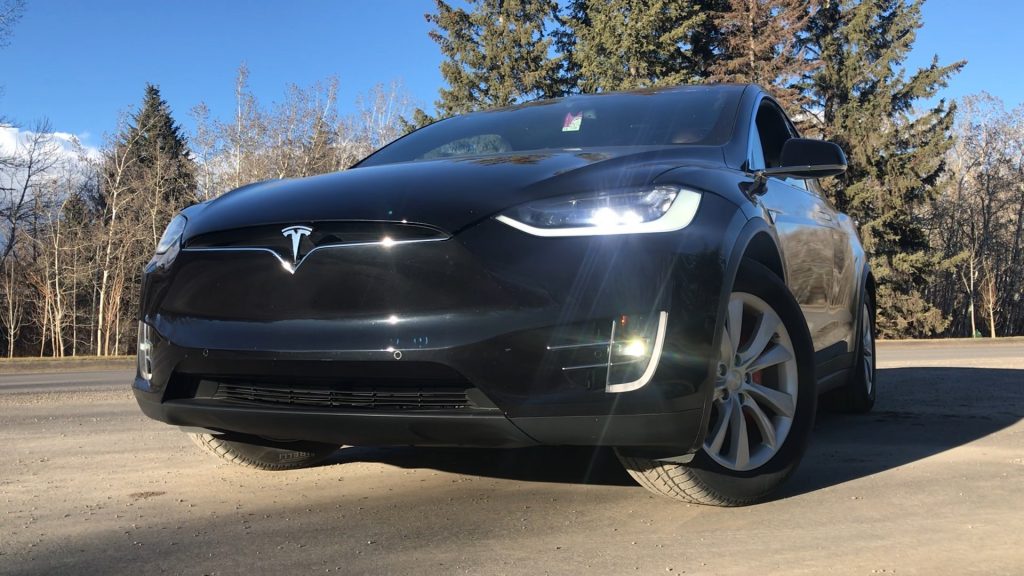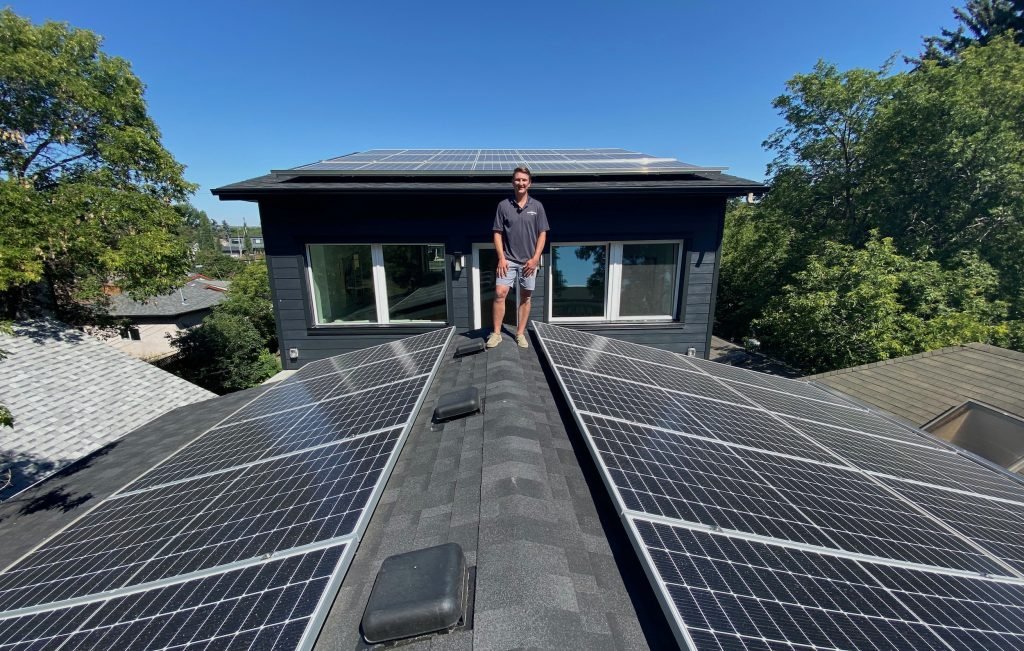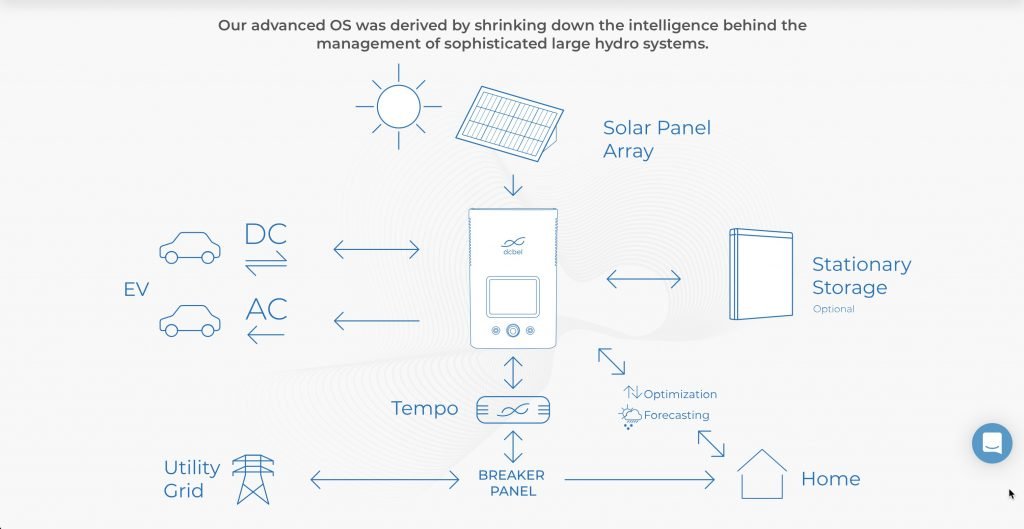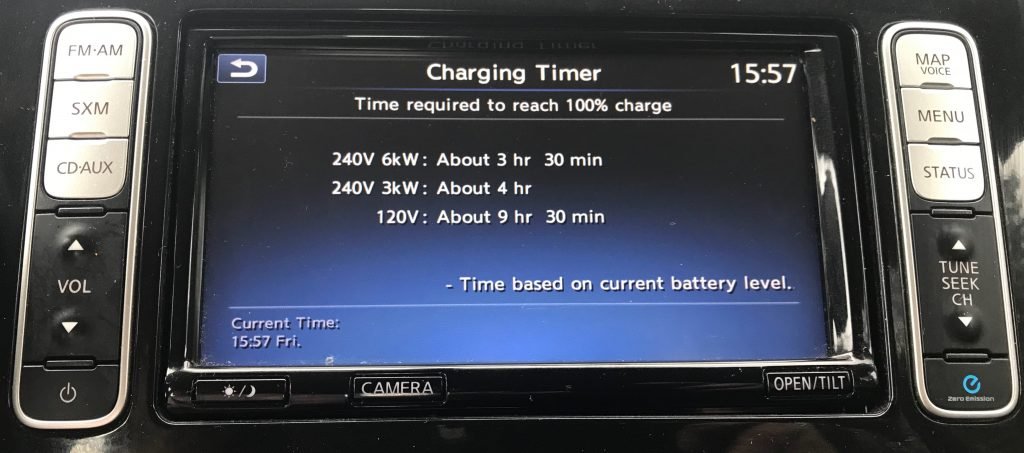By David Dodge, GreenEnergyFutures.ca
What if you could install a device in your home that charges your electric vehicle twice as fast, is an inverter for your solar system, and is smart enough to save money on electricity?
Ring that bell, that’s exactly what Montreal entrepreneur, Marc André Forget has done with his device he’s aptly named he DCBEL R16. It’s a super-fast electric vehicle charger, it’s a solar inverter and it’s a home energy station that can help consumers optimize their energy use thanks to artificial intelligence.
The R16 is an electric vehicle charger that will charge your vehicle two to three times faster than a level II home charger.
“It’s also what we call a bi-directional EV charger so for the first time, this charger can not only charge your car faster, but we can use the car to send power back to your home,” says Marc André Forget, CEO of DCBEL. It can isolate the home and power it during a blackout.
In fact, the R16 looks just like a vehicle charger and mounts on the wall of your home or garage.
But it’s also a solar inverter that converts the DC energy from your solar modules into AC energy that can be used in the home or exported to the grid.
And finally, the R16 is a smart home/grid hub that features an onboard operating system called “Orchestrate” that uses artificial intelligence to manage and optimize all of your energy systems.
“If your price of electricity is very high at dinner time around your area, you’re going to store your excess of solar [energy] in your car or your battery and reuse that energy at dinner time to reduce your utility invoice.”

The Smart Grid We Need
The idea of selling electricity when the price is high and buying when it’s low may not be of much interest to many folks in Canada because our grids are pretty dumb and the policies governing them are not much better.
Grids need to undergo a rapid and radical transformation in order to accommodate the distributed renewable energy such as solar and electric cars that are going to come on much faster than most expect.
Consider California that is being ravaged by wildfires, heat, and related severe weather events tied to climate change.
“Lots of people in California have to go through four to eight hours of blackouts per week,” says Forget. And it’s also one of the places with the “highest penetration of electric vehicles” and the “highest concentration of residential solar.”
This is partly driven by high electricity prices and it creates “additional stresses on the network” says Forget.

Fast charging = freedom
“We’re reducing the price of solar energy for homeowners and we’re providing faster EV charging.” This fast charging for homeowners provides the “same freedom,” or at least closer to the freedom one experiences with a gas-powered vehicle.
The “freedom” Forget is talking about comes from the super-fast vehicle charging that the R16 provides.
It takes more than 20 hours to charge even a short-range Nissan Leaf when you plug it into your regular 120-volt outlet.
If you install a Level II EV charger it will take about 3.5 hours to charge your short-range Leaf.
Forget says thanks to DC charging the R16 can provide the equivalent charging in about one hour.
But perhaps as importantly: thanks to its bidirectional charger the DCBEL R16 will allow homeowners to draw electricity from their cars during a blackout.
Sure, DCBEL sounds like the perfect device to manage energy in a modern home with a solar system, and an electric car.
But this device could also help revolutionize our relationship with the grid that was originally designed as a centralized system with massive power plants, massive transmission infrastructure, and high costs.

Solar + EVs = problem or solution
I remember listening to a presentation from EPCOR, an energy retailer in Edmonton, Alberta, Canada. They studied solar adoption and its impact on the grid in the northern city of one million people.
The grid is robust, perhaps even overbuilt, and the study found no changes would be required to the grid even if half of the homeowners in the city put solar on their roofs.
But electric vehicles – that’s another story. Any neighbourhood could handle two EVs plugging in at the same time, but the third one, well that’s going to be a problem, the study concluded.
And so on first blush, EVs are going to be a big problem for grid operators.
But that’s only if you think of EVs as a problem and not as a grid resource.
EVs also store a great deal of energy and even with small adoption rates the amount of energy storage in EVS starts to become very significant.

In short, we need a smart grid to manage the demand from EVS and to handle to intermittent nature of solar power.
This is why an integrated solution such as the R16 is such a critical piece in this puzzle.
With built-in smarts, the charger-inverter can send solar energy to the grid, to the home or store it in the electric car’s battery.
The same device can pull energy back from the car to the home during times of high prices or blackouts.
And it can optimize all of these energy flows such as charging the car when solar is producing or when grid prices are low.
The company is already working with grid operators in California. “We can receive a signal from the utilities and say, can you overcharge the battery in the car?” says Forget. Then when the R16 receives a signal of the outage, “We just island your home from the grid,” and power it from the car.

What about EV battery degradation?
“It is really about leveraging your investment in your car. It’s probably the second-largest expense of any family right after the home,” says Forget.
And most of the time our cars just sit there doing nothing. But when coupled with DCBEL electric vehicles can send some of their energy back into the home. It’s like a Tesla Powerwall without the Powerwall.
But aren’t the batteries expensive and isn’t it hard on them when you use them bi-directionally?
Forget says EVs are designed to preserve the integrity of the battery systems under normal use. “Degradation is a factor of how fast you extract power,” says Forget. The R16 would extract power at half the rate the car does when it’s traveling down the highway.
“You will not degrade your battery when used in this way,” says Forget. EV batteries are designed to last 8 – 10 years.
What to do with our big dumb grids?
With solar booms happening around the world and EVs coming on like a storm (there are 700 new models of EVs due out by 2025) grids around the world require serious adaptation.
Forget says he worked with utilities around the world for 20 years.
He didn’t say the grid operators are slow to change, I did, but he did say “What I find is grid policymakers cannot make policies or introduce things around technology that doesn’t exist.”
DCBEL is aiming its product at consumers to help them optimize their use of solar energy, accommodate their electric cars, and even save money on electricity.
If we wait for the grid operators to adapt “we’re going to probably wait forever.”
But now that DCBEL’s technology is coming on the market “We’ve got policymakers and utilities contacting us, and now they want to leverage the power of DCBEL.”
When we say grids are dumb, it’s partly about technology, but it’s also about rate structures and how energy is priced. Most grids in Canada offer a single blanket price. You probably pay a fixed rate per kilowatt-hour regardless of whether there is an oversupply or shortage of electricity.
This market distortion means we pay our 10 cents even at supper time when there may be such a shortage of electricity that the price has spiked to $1 or more in the market. It also means we pay 10 cents at 3 am when there may be a surplus and the price is just one penny.
The worst part about this is it requires us to invest billions of dollars in over-building the grid infrastructure to handle the peaks in demand.
It’s like building a parking lot for 30,000 vehicles at a stadium when there are only 12 days of the year the parking is needed. We don’t do this! We run shuttles and steer people to public transit.
This may sound ironic, but time of use pricing could actually save us all money.
These new smart grid technologies could respond instantly to supply or pricing signals.
Let’s say there are 20,000 EVs in a city. It’s supper time. Air conditioners are blasting, appliances are all on and the grid is about the implode.
Technology like DCBEL’s R16 bidirectional charger-inverter could not only pause the demand from 20,000 cars, it could feed energy back to the grid. This could dramatically reduce peak energy demand, protecting your electricity supply and the grid.

The starting bell has been rung for DCBEL
DCBEL is a Montreal-based company that has attracted 47.5 million in investment.
“We should see DCBEL in multiple homes by no later than late October 2021 in California,” says Forget.
The DCBEL R16 is tailor-made to solve grid problems now emerging in California, Texas, and New York. With all the recent blackouts in Texas, Forget says they have a rush of pre-orders from the lone star state.
So what about Canada with our dumb grids?
Forget says time of use pricing is one of the things that could help us rationalize the grid and deal with the solar and EV revolutions already underway.
“I think the concept of one price fits all, does not reflect a real cost behind the scenes,” says Forget. He also believes technologies such as DCBEL’s R16 can really help make distributed renewable energy work much better for consumers and the grid.
Using time of use pricing reflects the true market value of the electricity and will not only help rationalize the smart grids of the future it also allows homeowners to use their solar systems and EVs to save money or even make money. This in turn reduces the cost of very expensive grid infrastructure.
The R16 is priced at $5,000 US which isn’t cheap, but then again, it replaces devices worth three times a much! it’s a fast car charger, a solar inverter, an energy management tool, and thanks to bidirectional charging it turns your car into a home energy storage device. And a lower-priced version is already on the way.
That’s a lot of ‘utility’ in one device.

